Project 1125 Soviet River Gunboat Development
On November 12, 1931, the RKKF command approved the creation for two types of armored boats.
The large armored boat, was supposed to be armed with two 76-mm cannons in two towers from tanks, and the small armored boat – with one 76-mm cannon in a tank turret. At the same time, it was planned to install two small turrets with rifle caliber machine guns on the armored boats. The maximum draft of a large armored boat was planned to be up to 0.7 m, and a small one – up to 0.45 m. The boats had to fit into the railway dimensions of the USSR for the possibility of transportation by rail.
On June 22, 1932, the terms of reference were issued to the Lenrechsudoproekt organization. Towers and guns from the T-28 tank and GAM-34 gasoline engines were chosen for the armored boats.
Before the start of World War II, according to the improved project 1125U, several dozen hulls were laid, but only about 10 boats were completed. Their delivery to the fleet was thwarted by the lack of MU towers. Some of the Project 1125 armored boats were sent to the Amur Flotilla.
The chief designer of the 1125 project was Yuliy Yulievich Benoit.
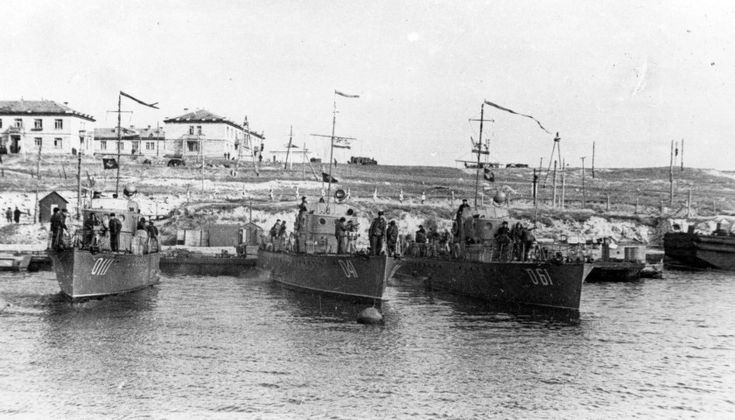
BK31 River Gunboat
Design
The Project 1125 armored boat had a single-shaft power plant with a GAM-34 engine, therefore – worse maneuverability and survivability compared to Project 1124. But, to some extent, this was compensated for by a lower draft. The installation of the PB-3 turret on the bow of the Project 1125 boats required an increase in the barbet of the gun turret by 100 mm (for the possibility of turning over the bow machine-gun turret). In March ’38, instead of the PB-3 machine gun turrets with the Maxim machine gun, the Zelenodolsk plant began to install the PBK-5 turrets with the DT machine gun.
By June 27, 1938, the plant had 25 towers from T-28 tanks in stock for installation on boats of projects 1124 and 1125. At this time, the installation of modified towers on armored boats with an elevation angle increased to 70 ° and armor thickness reduced from 20 to 10 mm was discussed. Serial boats were already armored, and the first serial armored boat of Project 1125 entered service in 1938.
It was planned that in 1939 the Zelenodolsk plant would hand over 38 BKA pr. 1125 to the fleet associations, but only 25 of them were provided with T-28 tanks turrets. The remaining 13 tank towers Kirovsky Zavod undertook to deliver already according to a new, naval – modified project, which made it possible to fire at air targets. And in 1939, the project of the second series of boats was approved – a modified one, which was supposed to be equipped with ZIS-5 engines. The installation of modified 76-mm towers with an elevation angle of 70 ° and four twin universal 12.7-mm machine guns in two DShKM-2B towers on the 1125U armored boat under construction was planned to begin in 1940.
Power plant
On the first series of armored boats of projects 1125 and 1124, gasoline engines GAM-34BP or GAM-34BS. The large armored boat has two engines, and the small one has one. Maximum engine power – GAM-34BP – 800 hp. with. and GAM-34BS – 850 liters. with. – at 1850 rpm. At these revolutions, the armored boats could accelerate to full speed, their movement at the highest speed corresponded to the regime transitioning from displacement navigation to planing.
Since 1942 over most of the boats of the project in 1124 and 1125 the project established four-stroke engines produced by the Lend-Lease Company Hall then-Scott. with power up to 900 hp and Packard up to 1200 hp. These engines are more reliable than domestic ones, but they required highly qualified service and high-octane gasoline of the B-87 and B-100 brands.
Armament
Cannon – originally armored boats and Project 1125 had a 76-mm tank gun mod. 1927/32 with a barrel length of 16.5 calibers in the turrets of the T-28 tank. But at the beginning of 1938, the production of these guns at the Kirov plant was discontinued. From 1937 to 1938, the same plant serially produced 76-mm L-10 tank guns with a barrel length of 26 calibers. These guns were installed on some armored boats in the same turrets of the T-28.
The highest elevation angle of the CT guns is only 25 °. Towers from the T-28 are also designed for this angle, since the tanks were intended mainly for destroying targets with direct fire. The river armored boat had a low height of the line of fire above the water, therefore, when firing with direct fire, a large unaffected space was obtained; it is covered by the coast, forest, bushes, buildings, etc. To correct this in 1938 – 1939, the MU turret was created for the boats of projects 1124 and 1125 ; it allowed an elevation angle of 70 ° for the 76 mm cannon. The tower was developed by “sharashka “OTB in the Leningrad prison” Kresty”.
In 1939, an L-10 cannon was installed in the MU tower at the Kirov plant. The tower with the L-10 passed field tests at the Artillery Research Experimental Range ; but the test results are unsatisfactory. Nevertheless, by the end of 1939, factory # 340 had built an armored boat with an L-10 cannon. At the beginning of 1940, it was planned to test this armored boat in Sevastopol.
On June 1, 1941, the Navy had 14 armored boats, project 1125 with an L-10 cannon. On June 22, 1941, 4 of them were in the skerry detachment of the Red Banner Baltic Fleet, and 10 became part of the Danube military flotilla.
Machine gun, anti-aircraft and light armament – three to four 7.62 mm DT machine guns – one coaxial in a tank turret, up to three in three turrets – on the wheelhouse, on the engine compartment canopy and sometimes on the nose or one or three 7.62 mm machine gun DT – 1 coaxial in a tank turret, up to 2 in 2 turrets – sometimes on the canopy of the engine room and sometimes on the nose; and from one to four (2 coaxial) 12.7 mm DShK machine guns; and personal weapons of the crew.
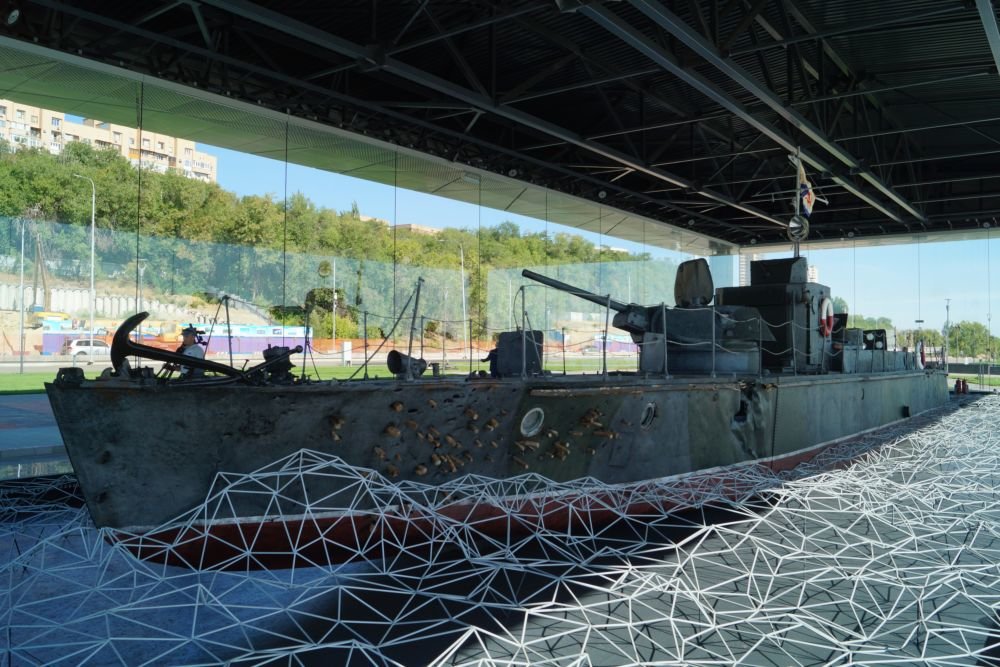
Raised BK31 River Gunboat at Stalingrad Museum in Volgagrad
Means of communication
On the armored boats, a radio station “Ruff” with a power of 50 W was installed, operating in the wavelength range of 25-200 m (0.5-12 MHz) for transmission and 25-600 m (0.5-12 MHz) for reception, the operating range is 80 miles.
Modernizations during the war
In 1942, river armored boats of projects 1124 and 1125 began to be equipped with F-34 cannons in the towers of T-34 tanks with an elevation angle of 25°. It was not planned to equip the armored boats with mines. However, in the early days of the war, the sailors of the Danube Flotilla on Project 1125 boats were able to carry out the installation of minefields using improvised means. From the spring of 1942, on the aft decks of newly built armored boats, rails and butts were installed to secure mines. Project 1124 armored boats took eight mines, and Project 1125 armored boats took four mines.
During the Great Patriotic War, a new and powerful weapon was installed on armored boats – launchers of 24-M-8 missiles with 24 82-mm or 16-M-13 with 16 132-mm M-8 and M-13 missiles, in general similar to 82-mm and 132-mm rockets RS-82 and RS-132.
In the course of hostilities, it became necessary to extend the navigation time for armored boats in freezing reservoirs; but it was difficult to do this – the light hull of the armored boat was not able to ensure sailing without risk, even in broken ice. Plates of young ice peeled off paint from the hull, causing it to corrode. On armored boats, the thin blades of the propellers were often damaged.
The commander of the armored boat – as well as its chief designer found an acceptable way out of this situation – the boat was “dressed” in a wooden “wood coat”. Planks from 40 to 50 mm thick protected the bottom and sides (100-150 mm above the waterline) of the ship. This so-called “wood coat” almost did not change the draft due to the buoyancy of the tree. But the “wood coat” had its drawbacks – in it the armored boat had a lower speed. In this regard, engineer Pamel created a propeller design with blade edges that are thicker than the previous ones; the maximum speed of the armored boat with hardened propellers decreased by only 0.5 knots. So the Soviet armored boats became mini- icebreakers ; this was important on the Ladoga and Onega lakes : there “river tanks” had the opportunity to fight for two to four weeks longer than the ships of the Finnish formations.


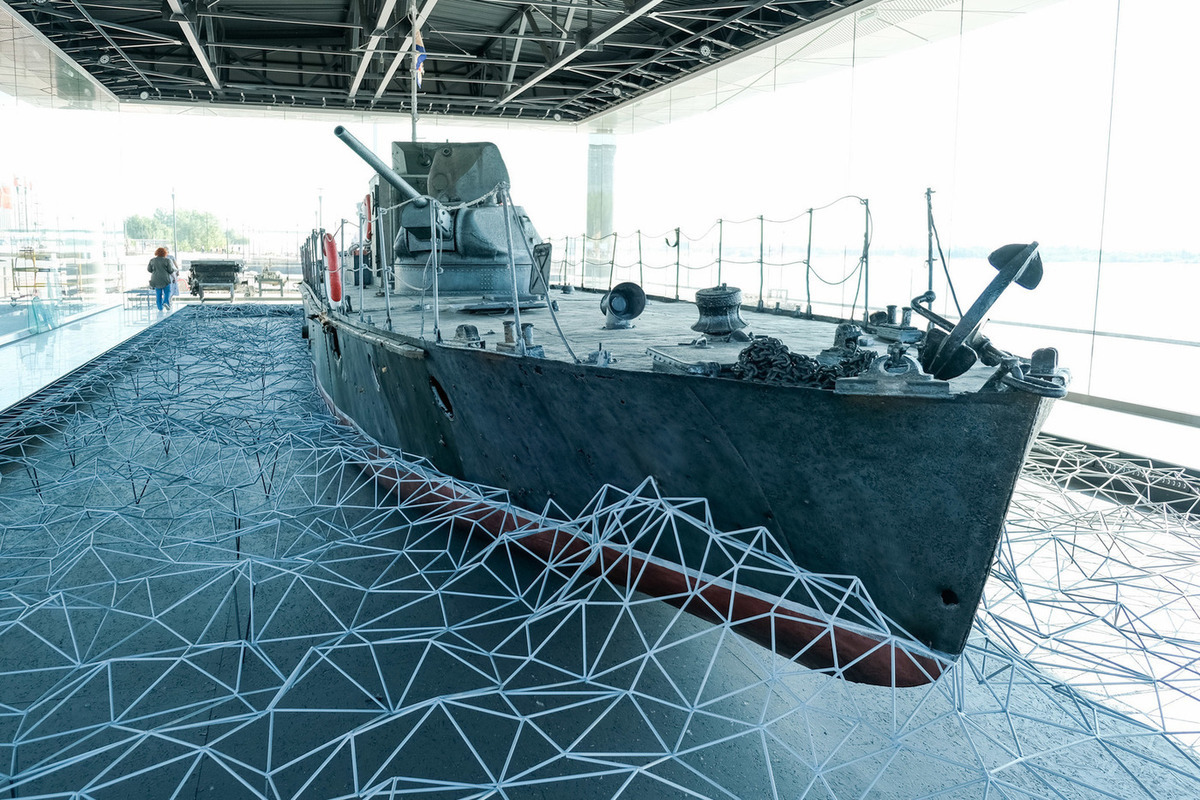


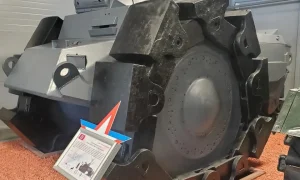

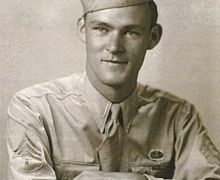











Pingback: The Soviet Danube Flotilla - Real History Online